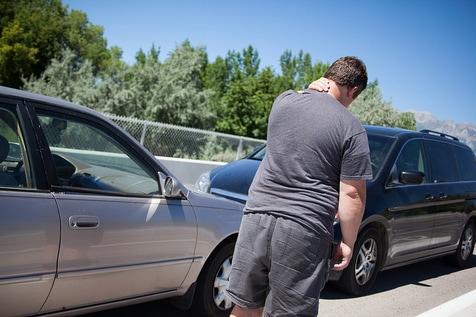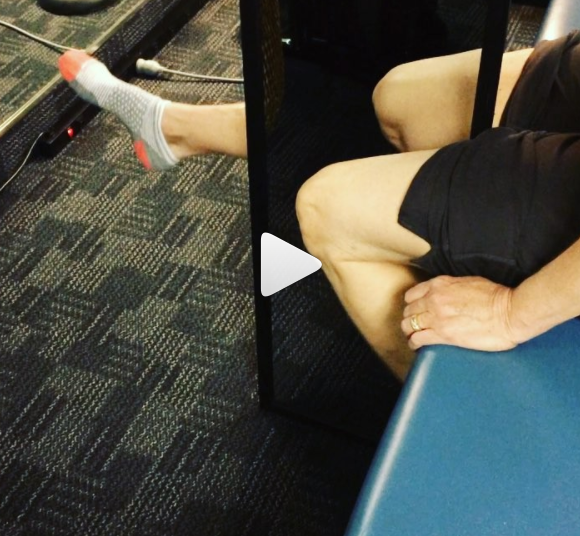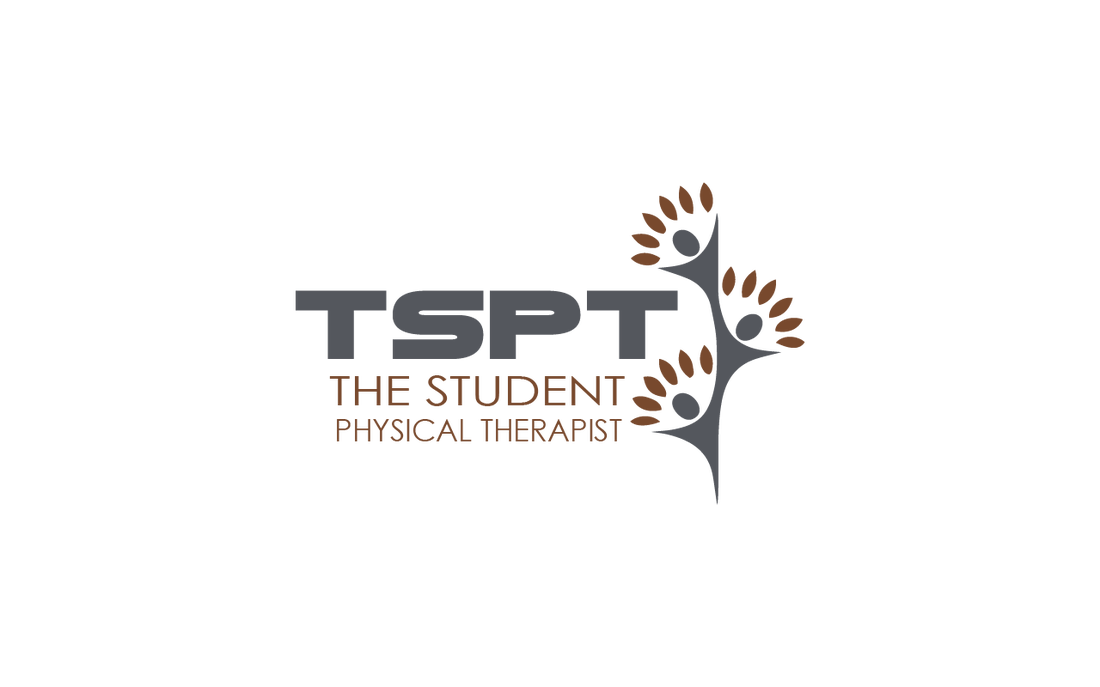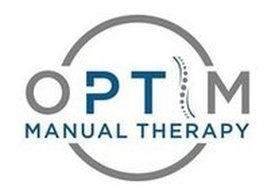- Home
- About Us
- TSPT Academy
- Online Courses
-
Resources
- Newsletter
- Business Minded Sports Physio Podcast
- Day in the Life of a Sports PT
- Residency Corner
-
Special Tests
>
-
Cervical Spine
>
- Alar Ligament Test
- Bakody's Sign
- Cervical Distraction Test
- Cervical Rotation Lateral Flexion Test
- Craniocervical Flexion Test (CCFT)
- Deep Neck Flexor Endurance Test
- Posterior-Anterior Segmental Mobility
- Segmental Mobility
- Sharp-Purser Test
- Spurling's Maneuver
- Transverse Ligament Test
- ULNT - Median
- ULNT - Radial
- ULNT - Ulnar
- Vertebral Artery Test
- Thoracic Spine >
-
Lumbar Spine/Sacroiliac Joint
>
- Active Sit-Up Test
- Alternate Gillet Test
- Crossed Straight Leg Raise Test
- Extensor Endurance Test
- FABER Test
- Fortin's Sign
- Gaenslen Test
- Gillet Test
- Gower's Sign
- Lumbar Quadrant Test
- POSH Test
- Posteroanterior Mobility
- Prone Knee Bend Test
- Prone Instability Test
- Resisted Abduction Test
- Sacral Clearing Test
- Seated Forward Flexion Test
- SIJ Compression/Distraction Test
- Slump Test
- Sphinx Test
- Spine Rotators & Multifidus Test
- Squish Test
- Standing Forward Flexion Test
- Straight Leg Raise Test
- Supine to Long Sit Test
-
Shoulder
>
- Active Compression Test
- Anterior Apprehension
- Biceps Load Test II
- Drop Arm Sign
- External Rotation Lag Sign
- Hawkins-Kennedy Impingement Sign
- Horizontal Adduction Test
- Internal Rotation Lag Sign
- Jobe Test
- Ludington's Test
- Neer Test
- Painful Arc Sign
- Pronated Load Test
- Resisted Supination External Rotation Test
- Speed's Test
- Posterior Apprehension
- Sulcus Sign
- Thoracic Outlet Tests >
- Yergason's Test
- Elbow >
- Wrist/Hand >
- Hip >
- Knee >
- Foot/Ankle >
-
Cervical Spine
>
- I want Financial Freedom
- I want Professional Growth
- I want Clinical Mastery
|
One of the difficult aspects of applying current research for treating various pathologies is that not everyone experiences an injury the same. Not only do we have to incorporate injury-based research, but we also should consider aspects of pain science research. Each component of the pillars of evidence-based practice should be incorporated in patient management. Have you ever wondered why two patients with the exact same diagnosis can present completely differently? While one might retort that the severity of pathology (amount of arthritis or tendon degeneration), imaging studies regarding pain science have found that often presenting with a worse experience can easily present with minimal pathoanatomical findings. Pathology does not equal injury and hurt does not equal harm. When an individual experiences pain, there are many different factors that go into it. Pain is actually that, an experience. Have you ever noticed how a baby looks to their parents to see how to react when hurt? Or how an individual might describe their pain differently based on the setting? Past experiences (their own or family members), social expectations, individual expectations, fear and much more can influence a patient's injury experience. Because of that, we cannot address every patient with "achilles tendinopathy" the same. We must incorporate their individual expectations, beliefs, and stressors into consideration when managing their care. While it can be upsetting that we aren't able to treat based on pathology alone or even regularly apply pathology-based research to our care, we are fortunate to understand WHY not all people experience an injury the same way. By further developing our understanding of pain science, we will hopefully be better able to treat our patients in the most efficient and successful way.
-Dr. Chris Fox, PT, DPT, OCS
1 Comment
As part Optim Manual Therapy's COMT Program, we have weekly case discussion sessions online. Below is a sample of a recent session on a patient with chronic low back pain. How would you have handled the case differently? While we include the typical didatic material, manual assessment/treatment techniques, OCS prep, online courses, and exercise prescription, regular mentoring is the essential component that sets us apart. It helps to develop clinical reasoning and decision making. Check out www.optimfellowship.com for more information or feel free to reach out to me. -Dr. Chris Fox, PT, DPT, OCS "How is my leg doing that?" |
How to PerformTo perform Mirror Therapy, patients place their intact/uninvolved extremity in front of a mirror. Doing this visually super-imposes the hidden/involved extremity (Ramachandran et al 1996). In the video to the left, the woman has chronic right knee pain. Therefore, the mirror faces the left knee (super-imposing the involved right knee.) |
What is Mirror Therapy?
Conclusion
-Jim Heafner PT, DPT, OCS
About a month ago, I had a patient s/p partial meniscectomy. On one of the follow up sessions, he mentioned he started getting full contractile muscle spasms in his forearms. While I had been familiar with calf pain and spasms as side effects, the violent contractions this patient described was unusual, so I had him call his cardiologist, who had recently changed his statin medication dosage. The patient was instructed to go see his cardiologist and have some tests performed. When the patient returned a week later, he informed me that his doctor had hospitalized him, running many different tests. His symptoms had gotten so bad his entire body when into contractile spasms that would even force his spine into various motions. Eventually, it was determined that the statins were the cause of the muscle spasms and the medication was then adjusted, resulting in reduction in symptoms.
-Dr. Chris Fox, PT, DPT, OCS
| For more advanced examination and treatment techniques, check out The Insider Access Page. Our goal is to help you improve your clinical reasoning, exercise prescription, and manual techniques. |
| If you are looking to improve upon your clinical skills, orthopaedic knowledge and clinical decision making, consider joining OPTIM's COMT program. With OPTIM, you can expect a residency-like learning experience without breaking the bank, all while learning from highly skilled physical therapists. Check out optimfellowship.com for more information! |
Insider Access pages
We value quality PT education & CEU's. Click the MedBridge logo below for TSPT savings!
Archives
July 2019
June 2019
May 2019
March 2019
February 2019
January 2019
December 2018
November 2018
October 2018
September 2018
August 2018
July 2018
June 2018
May 2018
April 2018
March 2018
February 2018
January 2018
December 2017
November 2017
October 2017
September 2017
August 2017
July 2017
June 2017
May 2017
April 2017
March 2017
February 2017
January 2017
December 2016
November 2016
October 2016
September 2016
August 2016
July 2016
June 2016
May 2016
April 2016
March 2016
February 2016
January 2016
December 2015
November 2015
October 2015
September 2015
August 2015
July 2015
June 2015
May 2015
April 2015
March 2015
February 2015
January 2015
December 2014
November 2014
October 2014
September 2014
August 2014
July 2014
June 2014
May 2014
April 2014
March 2014
February 2014
January 2014
December 2013
November 2013
October 2013
September 2013
August 2013
July 2013
June 2013
May 2013
April 2013
March 2013
February 2013
January 2013
December 2012
November 2012
October 2012
September 2012
August 2012
Categories
All
Chest
Core Muscle
Elbow
Foot
Foot And Ankle
Hip
Knee
Manual Therapy
Modalities
Motivation
Neck
Neural Tension
Other
Research
Research Article
Shoulder
Sij
Spine
Sports
Therapeutic Exercise











 RSS Feed
RSS Feed